As I set foot in Suriname in the summer of 2019, I found myself swept up in a whirlwind of cultures. This tiny nation, the only Dutch-speaking country in South America, is a fascinating confluence of cultures. It’s a melting pot where East meets West, and North intersects with South. It’s a place where African, Amerindian, Asian, and European traditions blend seamlessly, creating a unique cultural mosaic. That includes its rich tapestry of each Suriname language.
The diversity of the country’s linguistic landscape is truly astonishing. From Dutch to Sranan Tongo to various Creoles, Suriname boasts languages as vibrant and varied as its people. As a traveler who loves learning about languages, the linguistic diversity fascinated me.
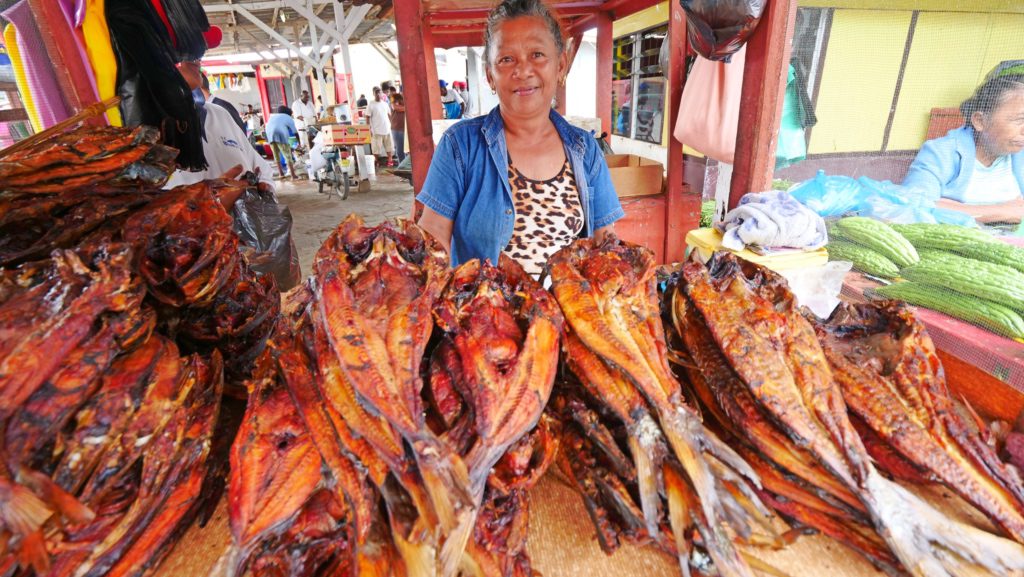
This rich linguistic diversity offers a window into Suriname’s complex history. It also shines a light on its cultural influences and its ongoing evolution. The languages spoken here tell stories of colonization, migration, struggle, adaptation, and resilience.
The history of Suriname language is a fascinating journey that spans centuries. Prior to European colonization, local indigenous tribes spoke languages like Arawak and Carib. The arrival of the Dutch in the 17th century marked a significant turning point in Suriname’s linguistic landscape.
The Dutch colonizers brought with them their language, customs, and traditions, which heavily influenced the local culture. Slavery also played a significant role in shaping the country’s past and present, as enslaved Africans brought to Suriname introduced their own tongues and dialects. Later, the arrival of indentured labourers from India, Indonesia, and China added even more diversity to Suriname’s linguistic melting pot.

Over the centuries, these diverse linguistic influences have intertwined and evolved, creating a unique symphony of languages that characterize Suriname’s multicultural identity. Today, tit’s a fascinating mix of Dutch, indigenous languages, Creoles, and other languages brought by immigrants.
Understanding the diversity of Suriname language requires an appreciation of the complex interplay of history, culture, and geography. Each language spoken in Suriname has its own unique story. They all reflect the nation’s multicultural heritage and its ongoing evolution.
Dutch is the country’s official tongue, but the linguistic diversity of Suriname extends far beyond Dutch. Sranan Tongo, a Creole language with roots in English, Dutch, and several African languages, is widely spoken. It serves as a lingua franca, or a bridge language used to communicate between people of different ethnic backgrounds.
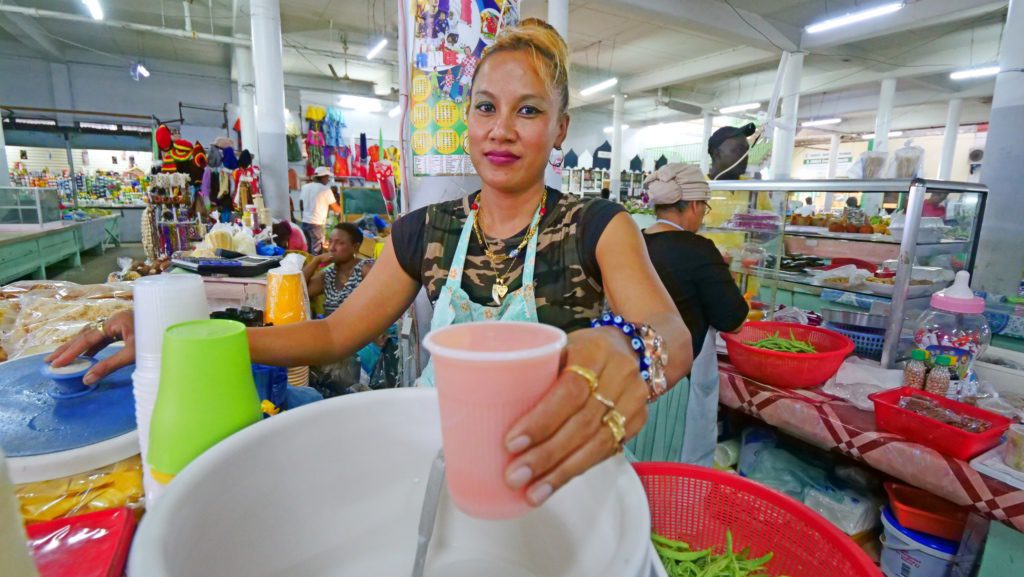
Indigenous languages like Arawak and Carib are still in use by indigenous communities. Other languages like Hindi, Javanese, and Hakka, reflect the diverse origins of Suriname’s immigrant communities.
Suriname’s many languages have had a profound impact on the country’s culture, shaping its social dynamics, cultural practices, and national identity. The coexistence of so many languages fosters a sense of multiculturalism and tolerance. People from different ethnic backgrounds interact and communicate in a variety of languages.
This multiculturalism is reflected in Suriname’s cultural practices, from its cuisine to its festivals. For instance, the annual New Year’s Eve celebration, known as “Owru Yari,” is a multicultural extravaganza that includes elements from different cultures.
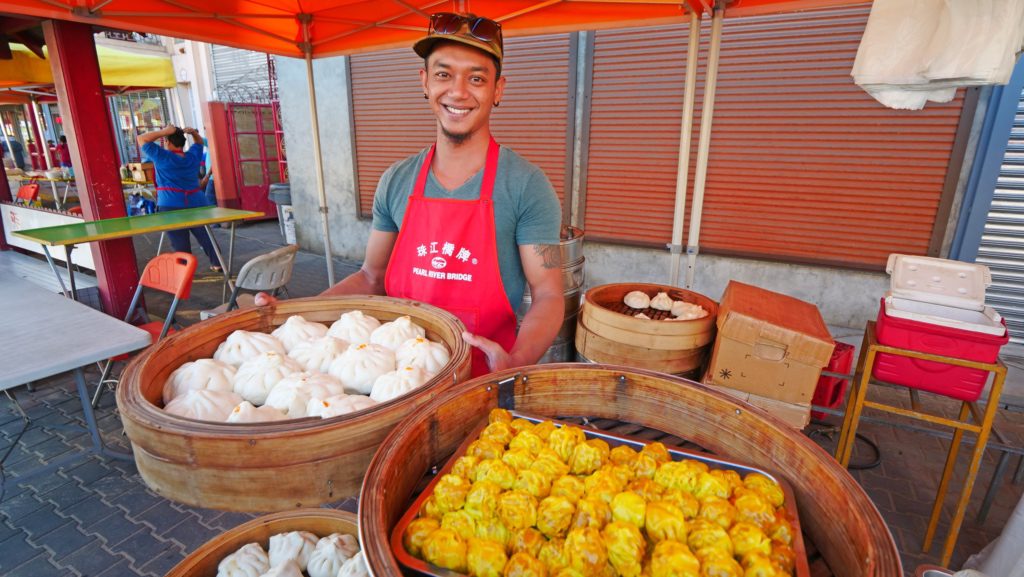
The nation’s linguistic diversity also influences its literature and arts. Surinamese literature, for instance, is written in many languages, including Dutch, Sranan Tongo, and Hindi.
Despite the variety of languages spoken in Suriname, Dutch holds a special place. As the official language of Suriname, Dutch is used in government, education, and media. It is the language of formal communication and is taught in schools from an early age.
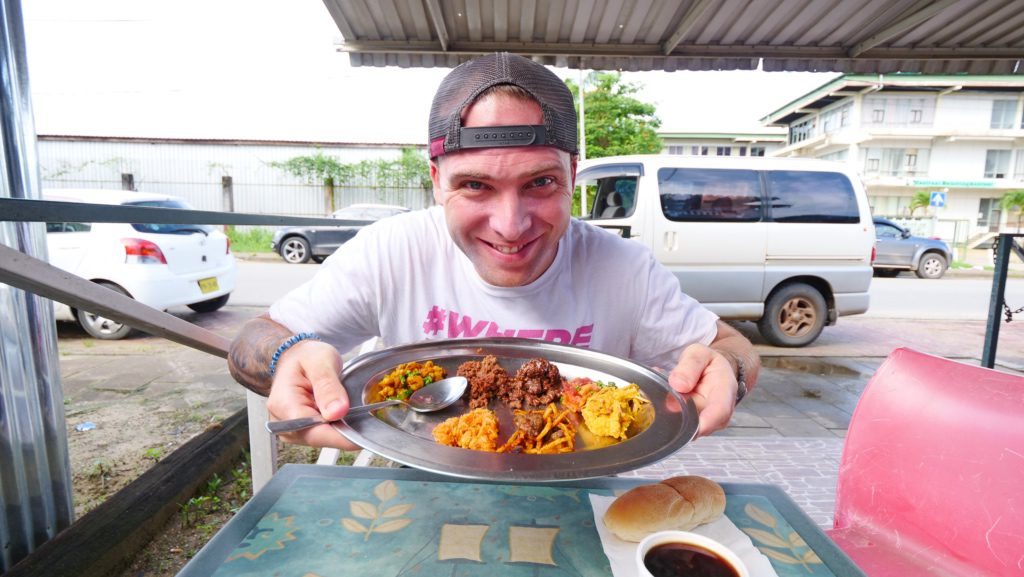
Dutch in Suriname is a direct legacy of the Dutch colonial period. However, over the centuries, it has evolved and adapted, absorbing influences from other languages spoken in Suriname. As a result, Surinamese Dutch has its own unique characteristics.
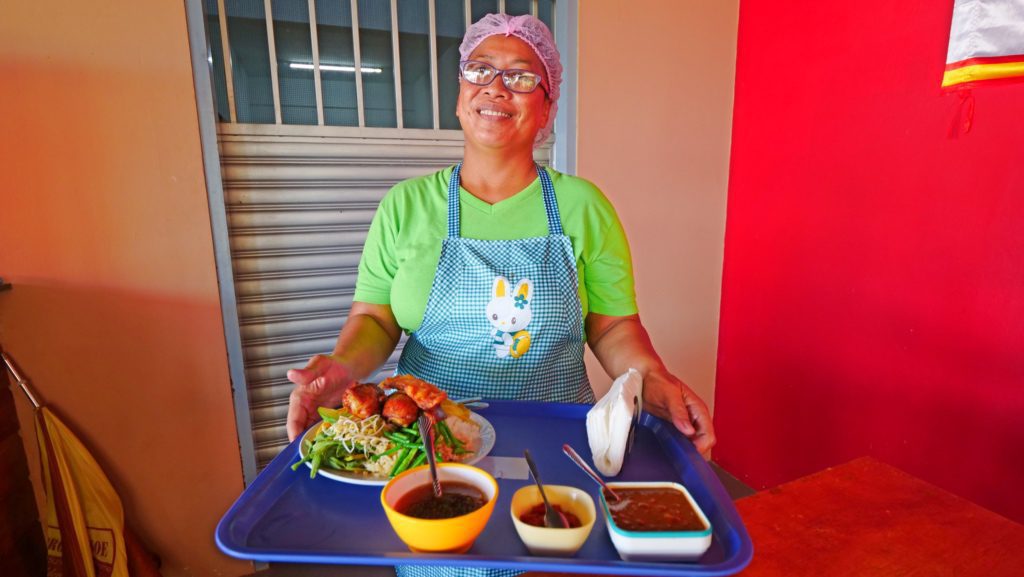
While Dutch is the official language, it’s important to note that it is not the mother tongue for many Surinamese. For many, Dutch is a second or even third language. Many Suriname natives speak languages like Sranan Tongo, Javanese, or one of the Maroon or Amerindian languages as their mother tongue.
The indigenous languages of Suriname, including Arawak and Carib, are an integral part of the country’s linguistic landscape. These languages, spoken by the indigenous peoples of Suriname, are a valuable link to the nation’s pre-colonial history and cultural heritage.

Despite the dominance of Dutch and other languages, these unique languages are still spoken in indigenous communities. They are a testament to the resilience of Suriname’s indigenous peoples. It also displays their commitment to preserving their linguistic and cultural heritage.

However, these languages face challenges, including marginalization and the pressure of language shift. Efforts are underway to document and preserve these languages, recognizing their importance to Suriname’s cultural diversity and historical heritage.
Suriname’s Creole languages, particularly Sranan Tongo, hold a significant place among Surinamese culture. Also known as Surinamese Creole, Sranan Togo serves as a common language among individuals from different ethnic backgrounds.
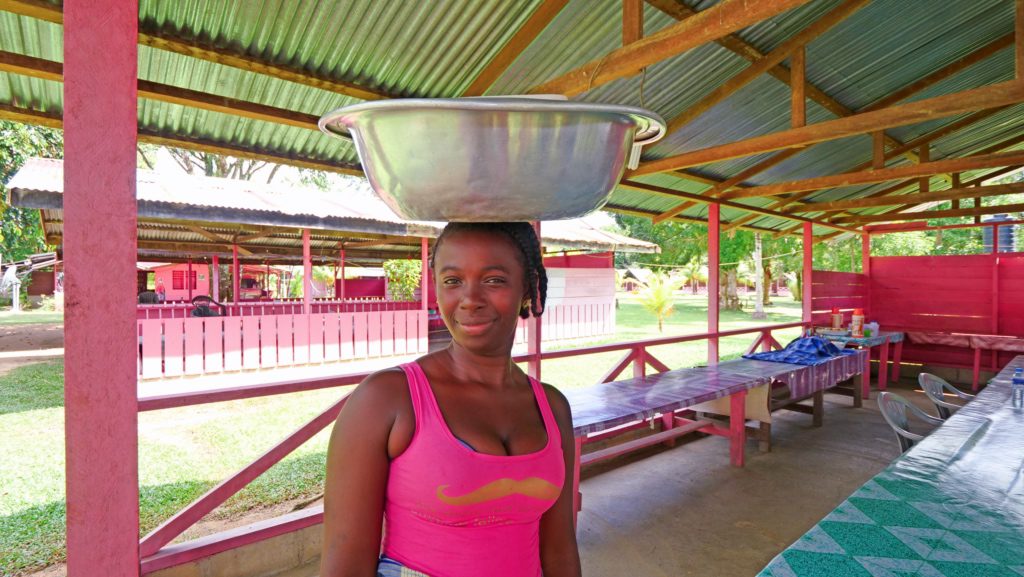
Sranan Tongo originated among enslaved Africans during the colonial period. It served as a means of communication between different ethnic groups. It has roots in English, Dutch, and several African languages. Over time, it evolved into a distinct language with its own grammar and vocabulary.

In addition to Sranan Tongo, Suriname language includes other Creole tongues. The Maroons, the descendants of formerly enslaved Africans who escaped plantations and mixed with native Amerindians, speak languages like Ndyuka and Saramaccan. These languages, like Sranan Tongo, reflect Suriname’s multicultural heritage as much as it does its history of slavery.
In addition to Dutch, indigenous languages, and Creoles, several other languages also reflect Suriname’s diverse communities. They include Hindi, Javanese, Hakka Chinese, and others.
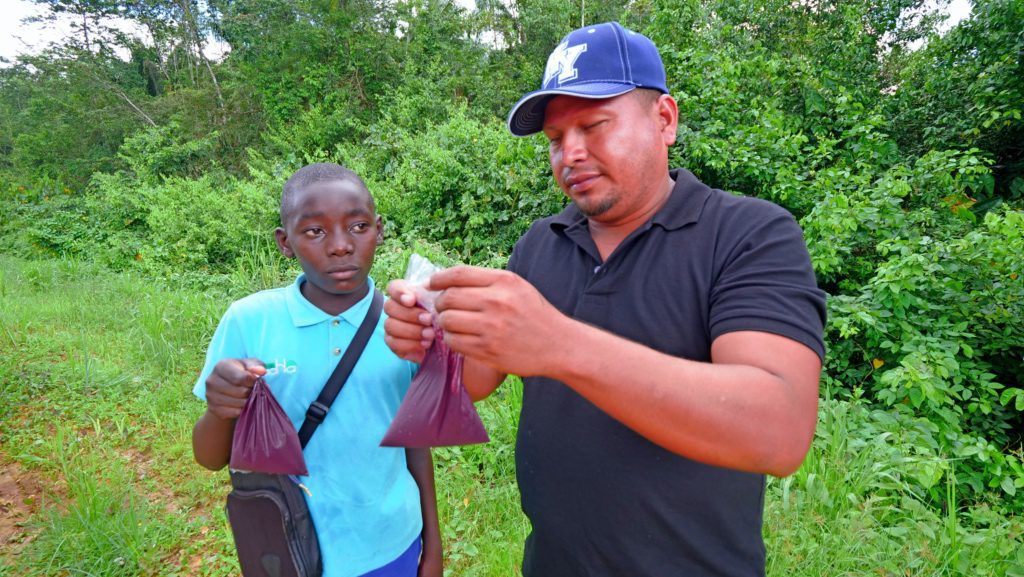
These languages came to Suriname via indentured labourers from India, Indonesia, and China. These workers went to work on Surinamese plantations after the abolition of slavery. Despite being far from their original homelands, these communities preserved their languages, cultures, and food, passing them on to subsequent generations.
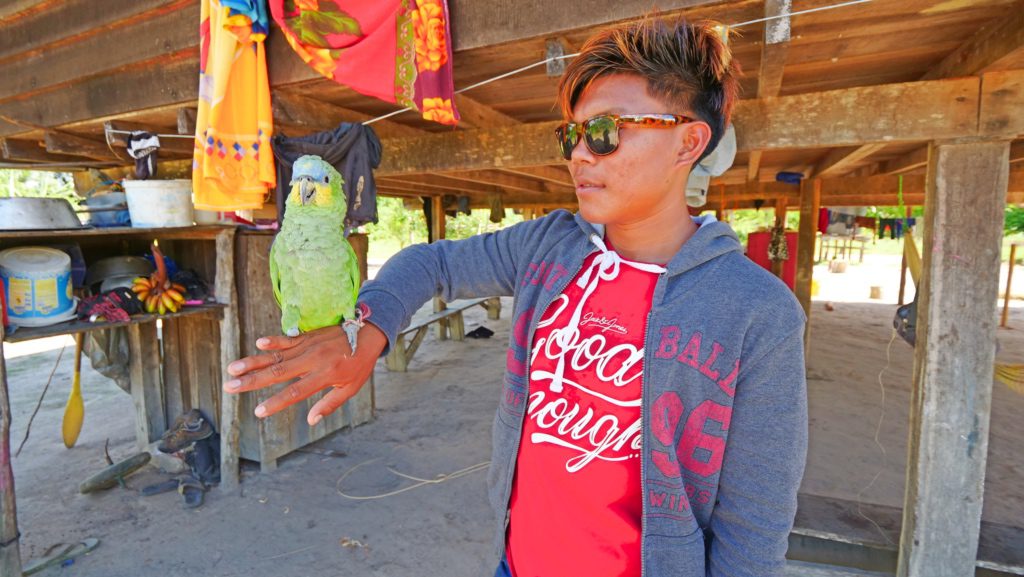
These languages not only add to the rich linguistic tapestry of Suriname, but they’re also a sign of world migration and cultural exchange.
From the Dutch of the colonizers to the Sranan Tongo of the Creoles, from the indigenous languages of the Arawak and Carib peoples to the immigrant languages of the Indian, Indonesian, and Chinese communities, the Suriname language landscape is a vibrant mosaic of languages that reflects the nation’s multicultural identity, its complex history, and its ongoing evolution.

Suriname language is more than just a tool for communication. It is a symbol of cultural identity, a link to history, a catalyst for social interaction, and a testament to the nation’s resilience and adaptability. The rich tapestry of languages in Suriname is a testament to the nation’s cultural diversity and its capacity for harmonious co-existence. Moreover, it’s a beacon of hope for a world where diversity is celebrated and unity is cherished.
NOTE: Before you travel internationally, make sure all of your necessary travel documents are up-to-date! Keeping copies of them with you can help make your travel experience a smoother, less stressful experience.
Counter
101 Countries • 1432 Cities